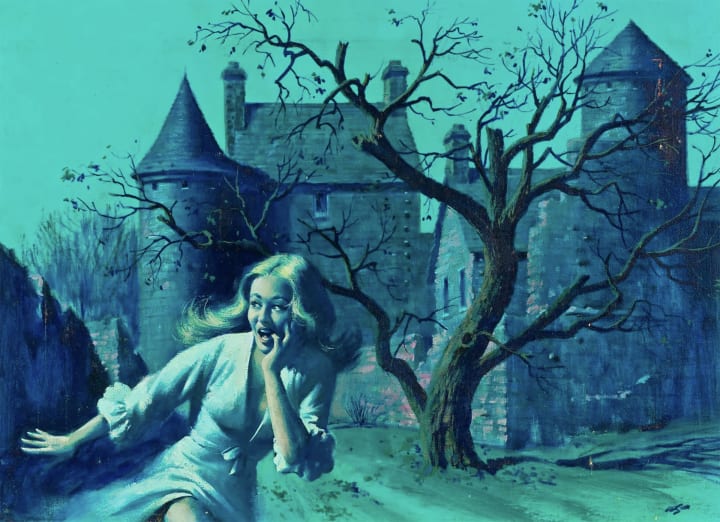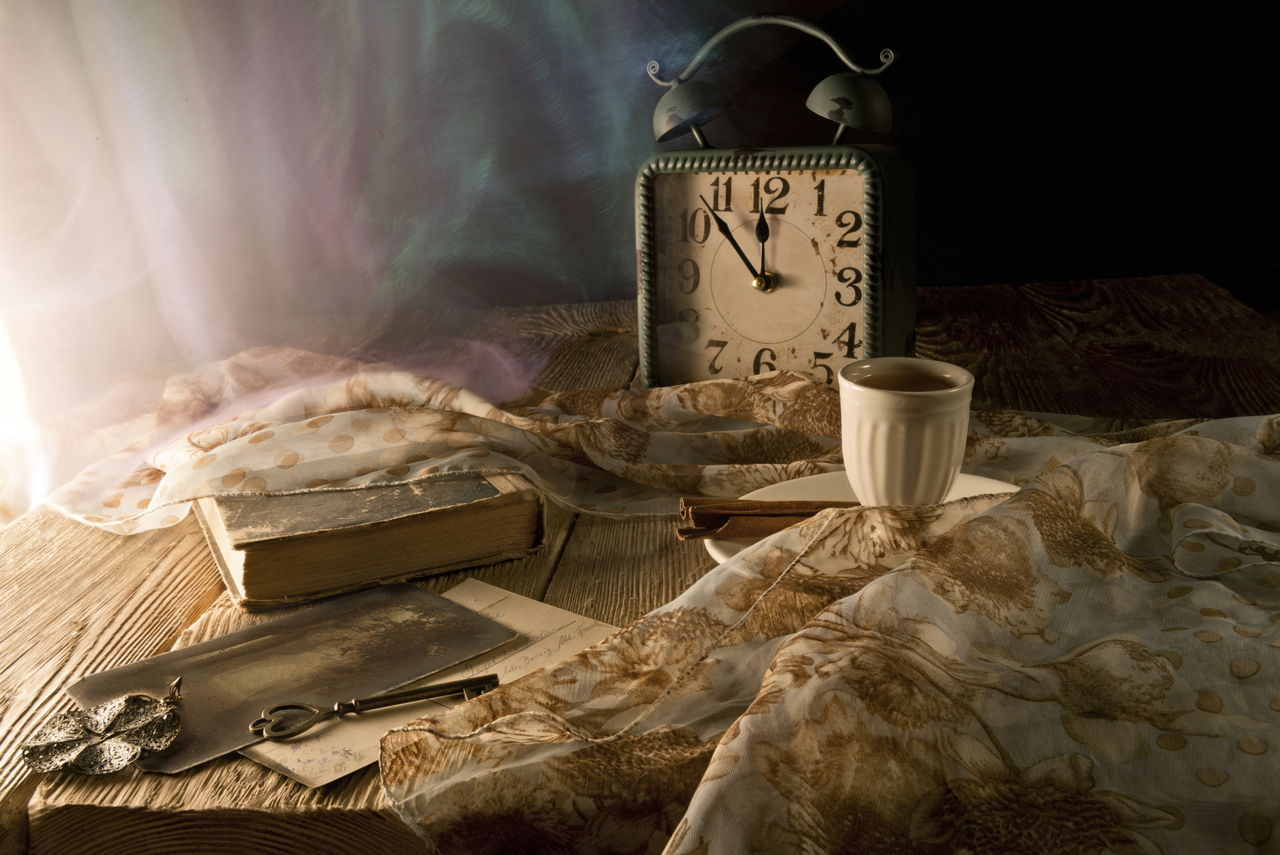



To further understand the context of The Picture of Dorian Gray, it is important to understand the social issues present within Victorian society. Subsequently, the text acts as a good example of the late Victorian prototypical Gothic novel that presents themes that challenge key cultural narratives. The Picture of Dorian Gray is a comedy of manners and a horror of beauty that corrupts the soul and the picture acts as a mirror to the soul to show the monster within. But these texts were considered disturbing and were something that you read behind closed doors and hid under your mattress as a sensational controversial piece of erotic literature that you would not show to anyone else. The Gothic trend of the late Victorian Gothic novel was a philosophical observation of the absurdities inherent within the society. Wilde identifies these hypocritical dualities of beauty and immorality, the sublime and the grotesque, and influence and the monstrous, and creates Dorian Gray as the embodiment of these observations and how a monstrous individual can remain morally infallible if they are physically beautiful. The Victorians use of art as a tool for social education and moral enlightenment, and to reinforce the superficial nature of this idealistic moral society. Wilde had intended the text to be simultaneously controversial and provocative as a critique of Victorian aesthetic obsession with beauty and its culturally believed correlation with moral sensibility. Upon its publication, the text fell under scrutiny for being controversial, vulgar, and immoral but is now regarded as one of the most provocative and philosophical texts of the late nineteenth century. Oscar Wilde’s The Picture of Dorian Gray is a key example of these trends in Victorian Gothic literature. These texts were controversial as they often scrutinized and critiqued social and cultural structures of the period and simultaneously sensationalized them with romantic notions, sexual depravity, immorality, and grotesque monstrous forms. The late Victorian period saw the publication of some of the most enduring and popular Gothic texts in English literature.


 0 kommentar(er)
0 kommentar(er)
